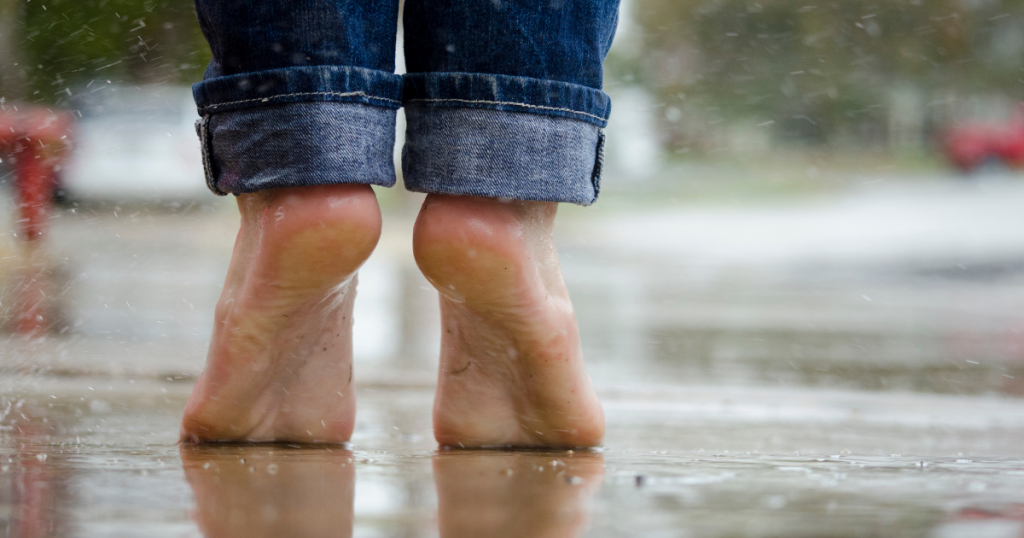How to cure tallonitis: causes and remedies of heel pain

There are many causes of foot pain, differing greatly according to the anatomical area affected, which is not always easy to identify. When pain is localised beneath the sole of the foot or at the rear, it could be tallonitis, a frequent condition in both adults and children which, if not appropriately treated, can turn from annoying into chronic pain.
Tallonitis: definition and anatomical area
Tallonitis, otherwise known in medical terms as calcaneal pain or tallodynia, indicates an acute pain syndrome in the base and/or rear of the foot. In anatomical terms, the heel is the rear area of the foot, corresponding to the heel bone, or calcaneus, which, together with seven other bones, make up the tarsus.
The 10 most frequent causes
Tallonitis can affect any age, even children, but it is certainly more frequent in sports persons aged between 20 and 50 years. There are many causes of heel pain, originating in the skeleton, muscles, tendons or nerves. The most frequent are:
- Plantar fasciitis, an inflammation of the ligaments in the sole of the foot.
- Inflammation of the insertion of the Achilles Tendon in the calcaneus.
- Retrocalcaneal bursitis, an inflammation of the synovial liquid sac between the Achilles tendon and the bone.
- Overload due to prolonged physical activity on a hard surface, such as concrete.
- Calcaneal spur (or heel spur), a small bony outgrowth on the heel which can cause an annoying feeling, like walking on nails.
- Stress fracture.
- Flat feet.
- Excessive shortening of the rear muscle chain.
- Nerve inflammations, particularly the plantar and tibial nerves.
- Radiculopathy with compression of the lumbar or sacral nerve root.
Symptoms of tallonitis and how to diagnose it
The main symptom of tallonitis is a progressive pain, localised beneath the sole of the foot or the rear-lower part of the heel, when placed on the ground. The pain is usually acute, like a sudden twinge or burning sensation, particularly when walking after a period of rest, for example in the morning when you wake up or after sitting for a long time. In the most serious cases of tallonitis, the pain may become constant and independent of any physical activity.
The doctor’s diagnosis is mainly clinical, as tallonitis has clear symptoms localised in a specific part of the foot, but instrumental tests may be done, such as an x-ray or ultrasound scan, to have a full picture of the triggering causes.
Treatments and remedies for tallonitis
First Aid
Tallonitis is a condition that comes on gradually, becoming a constant and unbearable pain if not treated. It is rare that it begins with a precise traumatic event, with immediate acute pain. The only exception is falling from a certain height and landing on the heel, causing immediate pain: in this case, apply ice and have an x-ray to exclude any fractures.
Instrumental medical examinations
As explained, in the case of tallonitis, the doctor may prescribe some instrumental tests such as an x-ray, ultrasound scan or MRI, to assess if there are any stress fractures, bursitis, bone oedema or soft tissue lesions.
Rest and Physiotherapy
In most cases, physiotherapy is the best way of curing tallonitis and definitively solving the problem. First of all, rest is fundamental, so the patient should abstain from all sports activities until recovered.
In the case of tallonitis, the physiotherapist may use a combination of instrumental therapies (such as shockwave therapy or TECAR), manual therapies (joint release, release of the plantar fascia or calf muscles) and postural exercises for specific lengthening or strengthening.
In some cases, the physiotherapist can suggest working with a podiatrist, to assess how the feet are supported and the distribution of loads, if necessary suggesting the use of made-to-measure orthotic insoles to reduce stress on the heel.
Useful advice and consequences of tallonitis if not treated promptly
Some useful precautions and remedies to cure tallonitis can be done autonomously, above all during the initial phases of the pain, for example:
- Avoid low-heeled shoes and prefer trainers with a good heel height;
- Stretching exercises for the rear muscles in the lower limbs, particularly the calf and ischiocrural muscles;
- Self-massage with a tennis ball along the plantar fascia;
- Self-massage using a roller along the calf.
These are some of the simple relief methods that can be done at home. However, it is always advisable to have a medical examination or physiotherapy assessment as soon as possible, in order to begin treatment promptly.
If not treated, tallonitis can lead to chronic pain, making recovery more complicated. Furthermore, as the foot is a key point for posture, an altered gait due to the pain could lead to other consequences, including the onset of pain in the knees, hip joints and lumbar area.



